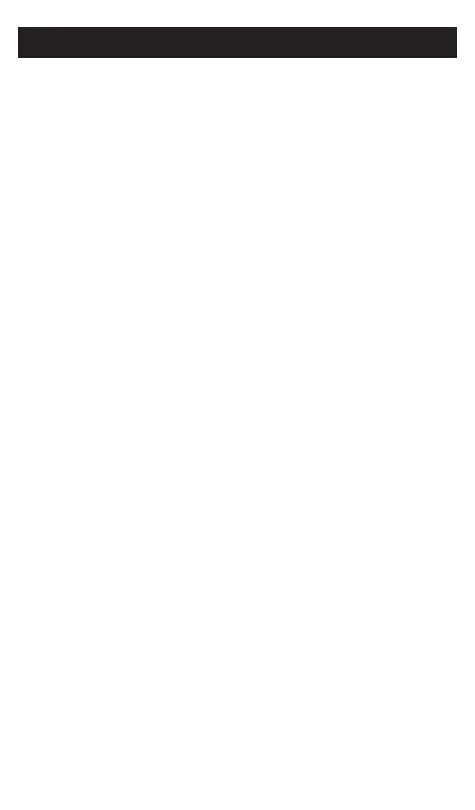2. Installation
Install Smoke Alarms on tray-shaped ceilings (coffered ceilings) on the
highest portion of the ceiling or on the sloped portion of the ceiling
within 30.5 cm (12”) vertically down from the highest point (Image 2D).
Locations to Avoid
• Do not install within 0.9 m (3’) of the following: The door to a
kitchen, or a bathroom that contains a tub or shower, forced air
supply ducts used for heating or cooling, ceiling or whole house
ventilating fans, or other high air-flow areas.
• Do not place the alarm where drapes or other objects will block
the sensor. Smoke must be able to reach the sensor to accurately
detect conditions.
• Do not install in peaks of vaulted ceilings. In this area install as
shown in images 2B and 2C.
• Install at least 30.5 cm (12”) away from fluorescent lights as
electronic noise may cause nuisance alarms.
• Keep out of insect infested areas. Avoid excessively dusty, dirty or
greasy areas. Dust particles may cause nuisance alarms or failure
to alarm.
• Extreme temperatures may affect the sensitivity of the alarm.
Do not install in areas where the temperature is colder than
4.4°C (40°F) or hotter than 37.8°C (100°F), such as garages and
unfinished attics.
• Do not install in areas where the relative humidity (RH) is greater
than 85%. Very humid areas, with moisture or steam, can cause
nuisance alarms.
• Avoid placing ionization smoke alarms in kitchen areas. Normal
cooking may cause nuisance alarms. If a kitchen alarm is desired, it
should have an alarm silence feature or be a photoelectric type.
• Do not place in the garage. Particles of combustion are present
when you start your automobile.
• Smoke alarms are not to be used with detector guards unless the
combination (alarm and guard) has been evaluated and found
suitable for that purpose.
